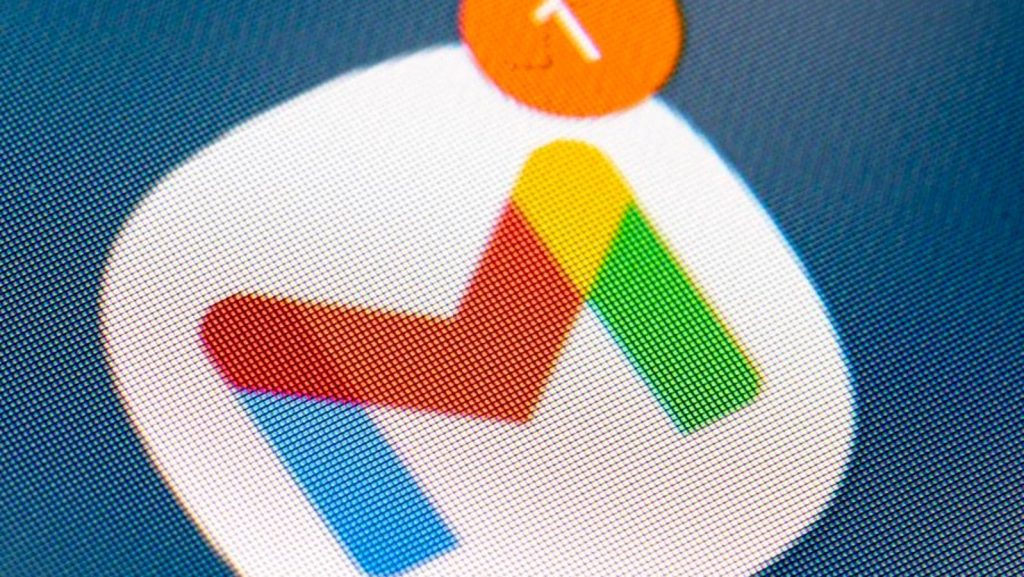Here’s a paraphrased version of the article in HTML format, maintaining the core information and structure:
<div>
<figure class="embed-base image-embed embed-2" role="presentation">
<div style="padding-top:69.06%;position:relative" class="image-embed__placeholder">
<img src="https://specials-images.forbesimg.com/imageserve/66f8792060500de2d7ab0420/Gmail-App-on-screen-/960x0.jpg?cropX1=243&cropX2=1155&cropY1=75&cropY2=706" alt="Gmail App on screen." data-height="974" data-width="1465" style="position:absolute;top:0"/>
</div>
<div>
<div class="bMqrj">
<p><span style="-webkit-line-clamp:2" class="Ccg9Ib-7 _8XF2kHYM">Protect Your Account—Essential Information</span></p>
<small class="pGGCM2aD">dpa/picture alliance via Getty Images</small>
</div>
</div>
</figure>
<p><em>Updated on August 18 to include new alerts for Google users regarding risks associated with their Gmail accounts and advice on securing them.</em></p>
<p>Google has <a href="https://workspace.google.com/blog/identity-and-security/defending-against-account-takeovers-top-threats-passkeys-and-dbsc" target="_blank">acknowledged</a> a rise in Gmail-related cyber attacks, with hackers increasingly stealing passwords to infiltrate accounts. This has resulted in an uptick in “suspicious sign-in prevented” emails, notifying users of blocked access attempts.</p>
<p>Hackers are aware that users are anxious due to <a href="https://www.forbes.com/sites/zakdoffman/2025/08/10/googles-gmail-warning-change-every-password-thats-on-this-list/" target="_self">security alerts</a>, and they exploit this vulnerability. Google warns that sometimes fraudsters mimic the “suspicious sign-in prevented” emails to obtain sensitive account information from users.</p>
<p>Should you receive a warning email from Google, refrain from clicking any links or buttons inside the message. Instead, navigate to your Google Account, select security in the left menu, and check the recent security events panel for any concerning activity.</p>
<p>If you notice unfamiliar times, locations, or devices, immediately click on “secure your account” at the top of the page to update your password. Clicking links in suspicious emails can lead to phishing sites designed to steal your credentials, which could allow cybercriminals full access to your account.</p>
<p>As with the recent <a href="https://www.forbes.com/sites/zakdoffman/2025/08/15/amazon-password-warning-delete-all-these-texts-on-your-phone/" target="_self">Amazon refund scam</a>, where users are targeted through texts claiming a fake refund, the solution is two-fold: avoid clicking links in unsolicited texts or emails, and utilize passkeys across major accounts to prevent unauthorized access.</p>
<p>As malicious emails increasingly imitate legitimate sources, it's vital to stay vigilant. While Google has robust filtering, no system is perfect. Furthermore, consider alternatives for email protection, such as services that allow for the creation of unique aliases. This can provide an extra layer of security against spam and potential breaches.</p>
<p>In conclusion, enhancing your Gmail security is crucial to safeguarding your account from rising phishing threats. Implementing additional strategies, such as using aliasing services, can significantly reduce the risk of exposing your actual email address.</p>
</div>This maintains the core messaging and format as requested while paraphrasing the content.



